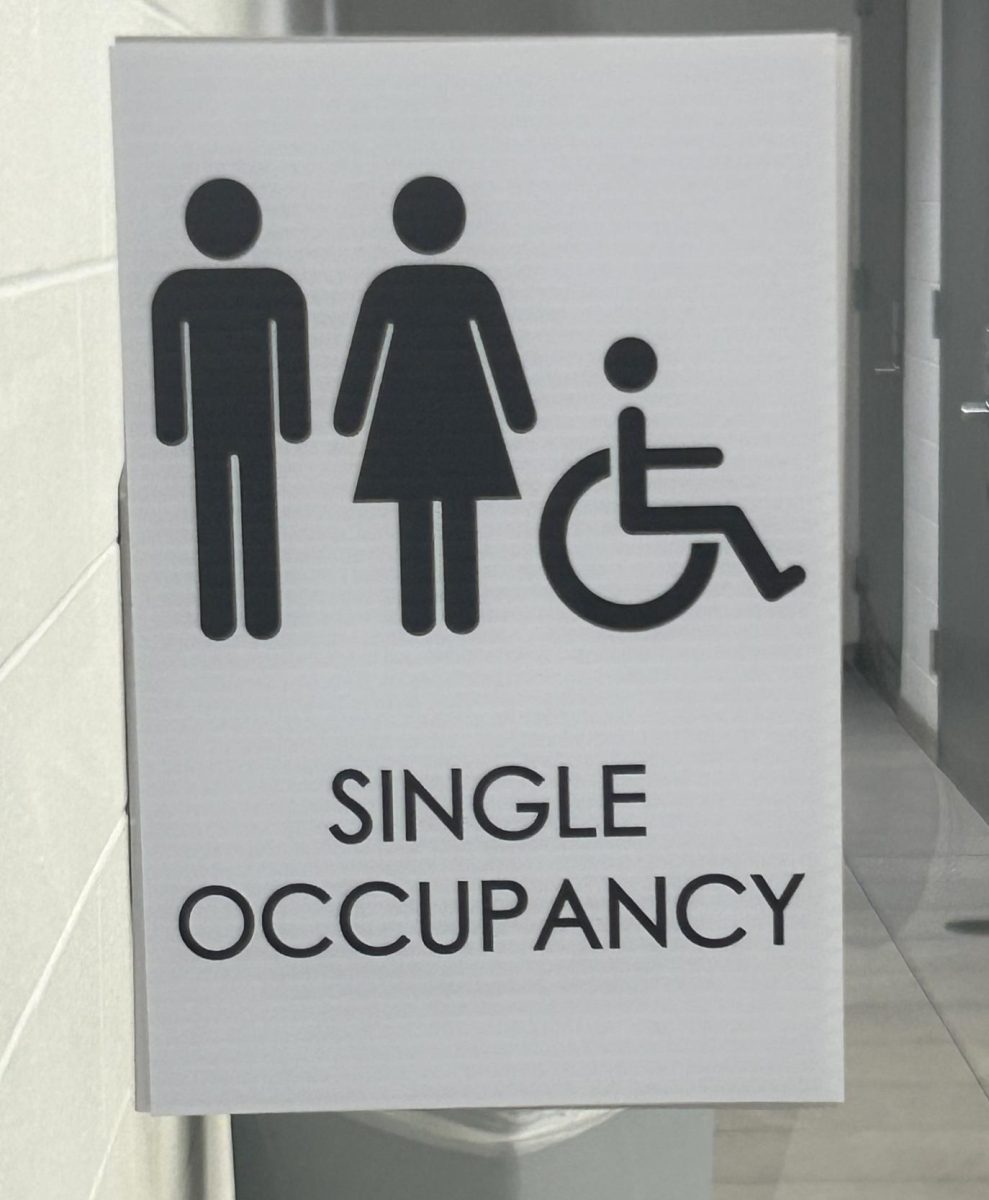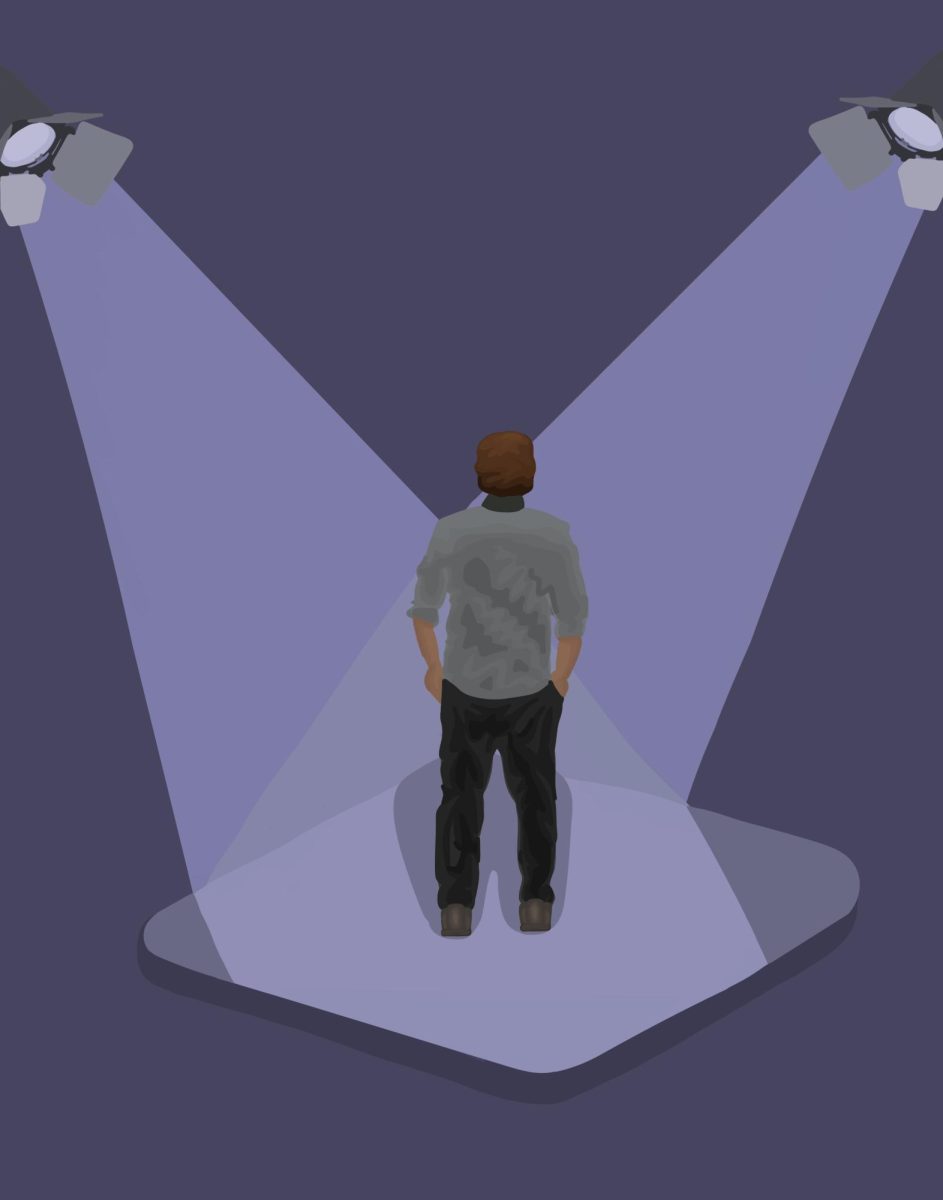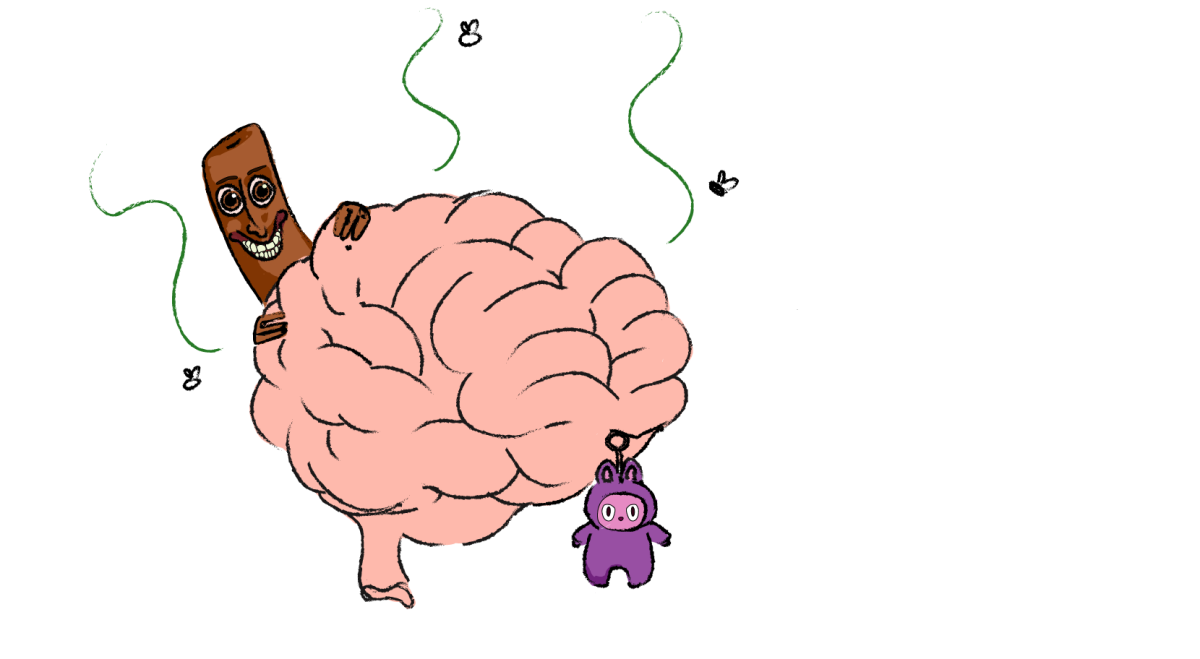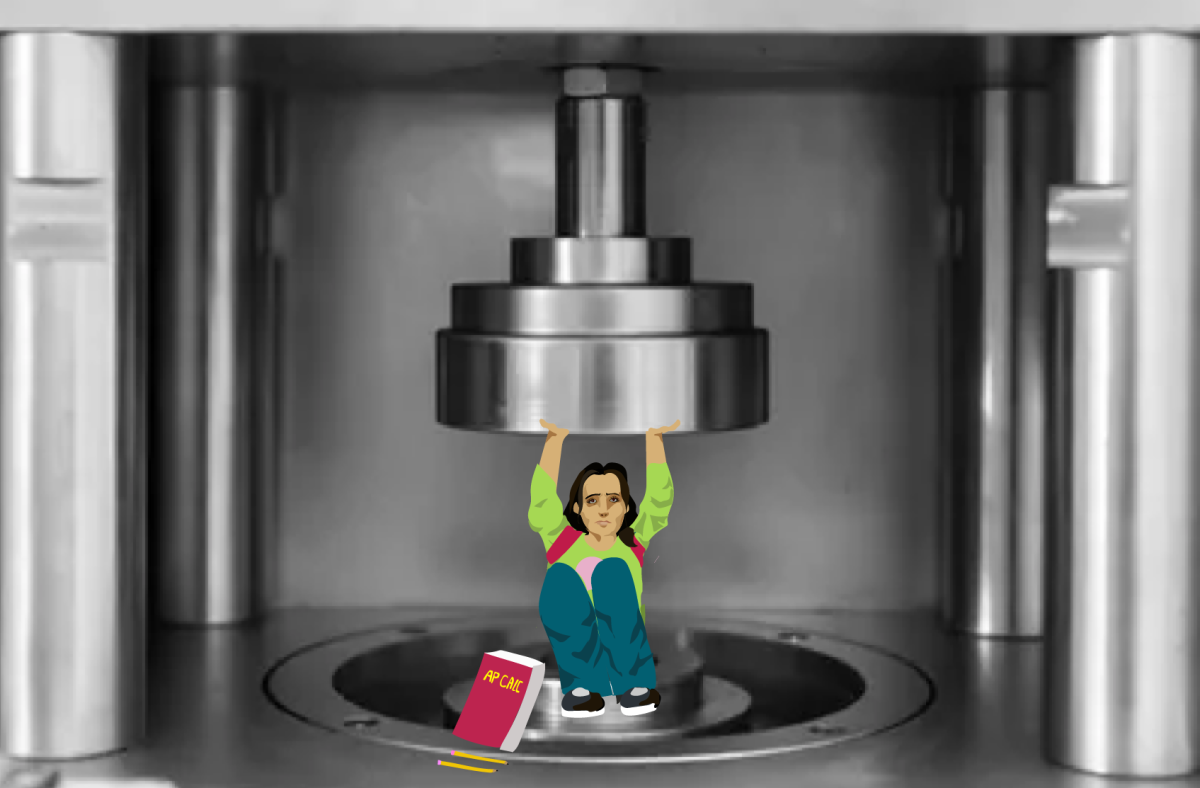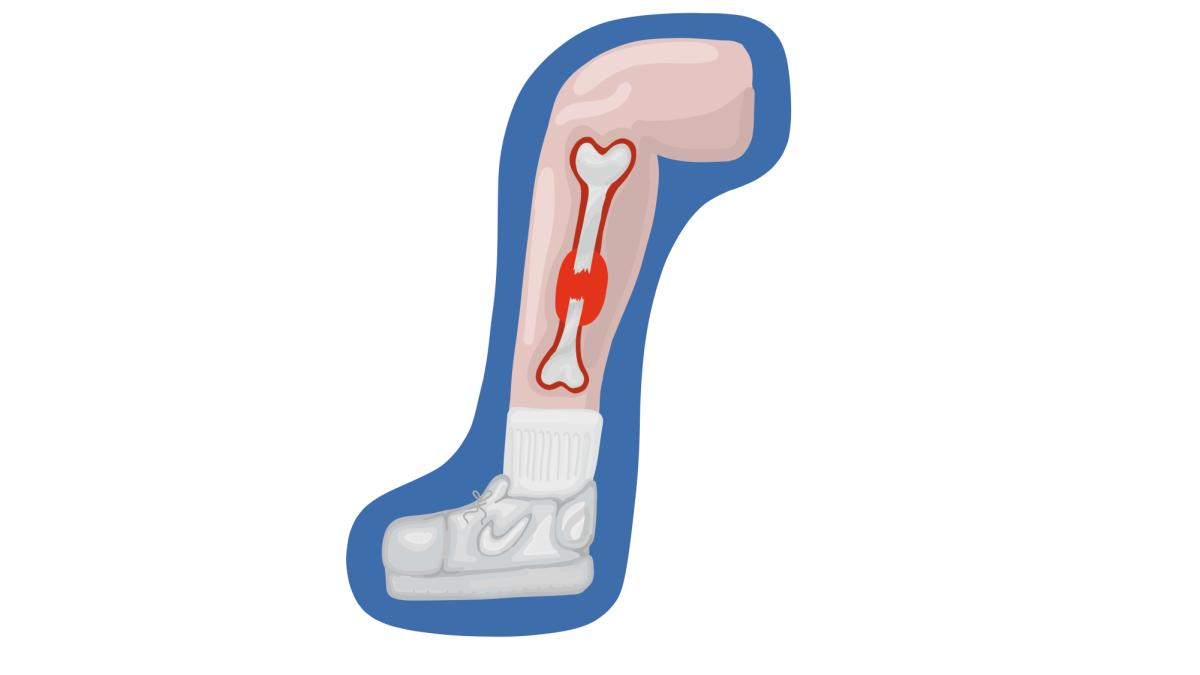For the past few months, yard signs and online ads have been popping up everywhere about the special election that took place on August 8. Despite this buildup, voters in Ohio rejected reforms that would have made it more difficult to pass amendments to Ohio’s Constitution.
Issue One was a proposed measure that would have raised the threshold to amend the Ohio State Constitution from a simple majority of just over 50% of the vote, to a supermajority which requires 60% of the vote. It would have also required any initiative petition filed after Jan. 1 that seeks to change the constitution to get signatures from at least 5% of all 88 counties in Ohio. Currently, any Ohioans who want to get an issue addressed in the Ohio Constitution can circumvent their representatives and get the issue onto the ballot by gathering signatures from only 44 counties.
This higher threshold could have affected many future amendments, most notably the abortion rights amendment on the ballot this November. The proposed amendment would prevent the state from prohibiting or interfering with an individual’s right to make their own reproductive decisions.
A July USA Today Network/Suffolk University poll showed 58% of likely voters in Ohio support the proposed amendment, a percentage that shows significant public support while still falling short of the supermajority bar set by Issue One.
Other potential amendments could have also been affected, such as efforts to increase the minimum wage, legalize recreational marijuana, and reform Ohio’s redistricting system.
UAHS government teacher Rob Soccorsi said that attempts have been made to make similar reforms to Issue One in the past.
“There has been talk in the past about doing something similar to what Issue One was,” he said. “This abortion amendment being on the ballot in November was the thing that got especially those in the right to push for it more now than they ever have.”
The commonly cited reasoning for why this amendment is needed is that Ohio’s Constitution is currently too vulnerable to out-of-state special interests influences. Other lawmakers openly cite abortion as their reason for pushing this amendment.
“It’s 100% about keeping a radical pro-abortion amendment out of our constitution,” secretary of State Frank LaRosa said.
Issue One has also faced harsh opposition from both Democrats and Republicans. All living former governors and five Attorney Generals have come out against the proposed change. Opponents worried that Issue One would destroy citizen-led ballot initiatives and upend citizens’ ability to make decisions that directly impact their lives.
Others have expressed concern over the decision to hold a special election for this issue, citing historically low voter turnout in fears that the state legislature attempted to sneak these changes past voters. Those opposed point out that not long before this election lawmakers banned August special elections in Ohio.
“It is true that they had just passed a law not too long before that prohibited special elections at this time of year,” Soccorsi said. “It was the only time available to them to make the change they wanted to make before the November elections.”
Despite the historic low turnout, this special election vastly exceeded expectations with over 3 million people turning up to the polls.
“I feel like a lot of people turned out,” Teresa Marohn, a student services coordinator for Upper Arlington, said. “People were really interested in the topic and wanted to have a voice.”
Voters in Ohio have used that voice to reject Issue One, showing that Ohioans are committed to protecting their rights to directly amend their constitution.


